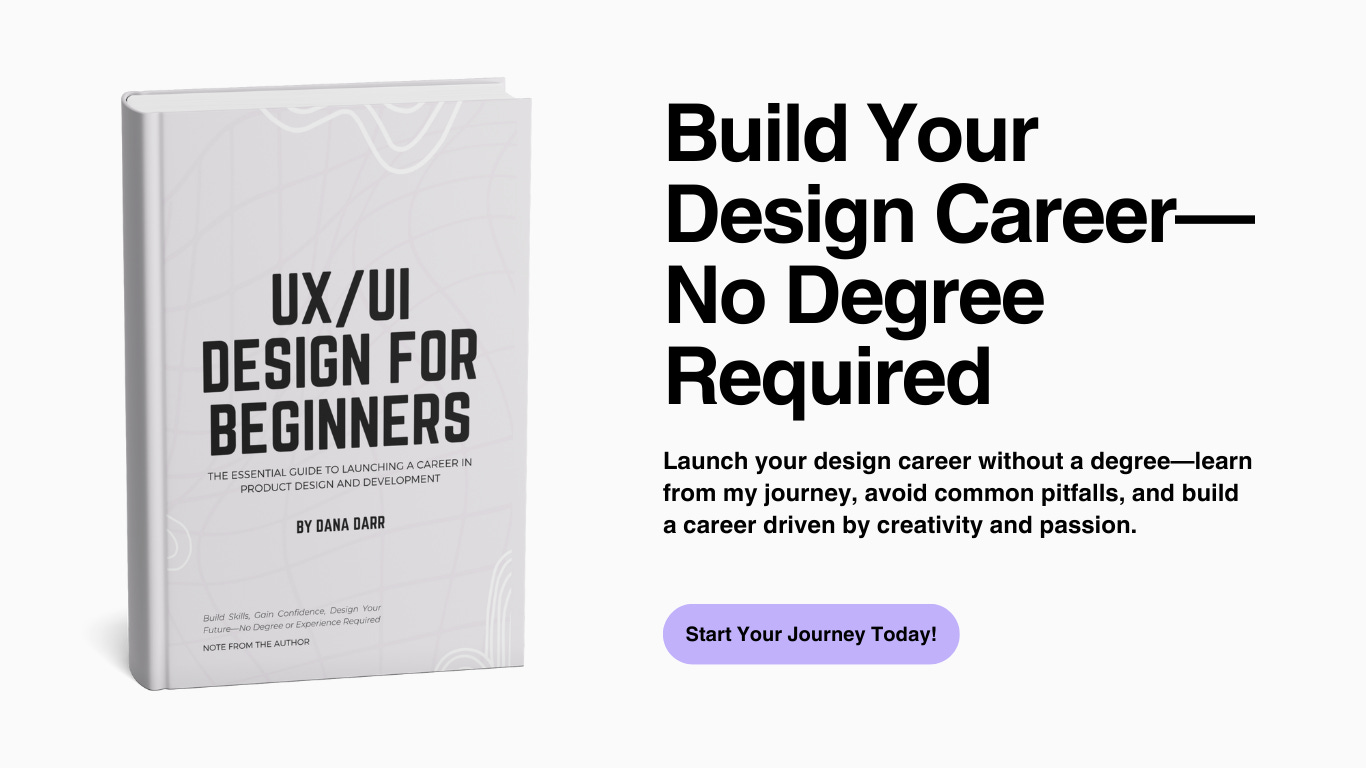How Consistent Personal Branding Can Elevate Your Job Prospects
Learn why defining who you are, what you do, and maintaining consistency can position you for career success and stand out to employers.
The Golden Rule of Job Hunting: Why Specialization and Consistency Matter
As a designer or anyone in tech, avoid making this mistake when you're looking for work.
Not having a consistent message or branding is a mistake. Knowing what you want to do and the skills you bring comes before applying for jobs, period. Convince me otherwise.
In the bustling corridors of the tech industry, where roles require multiple skills, there exists a golden rule for those on the job hunt: Know yourself and showcase yourself accordingly. This seemingly straightforward rule often becomes a stumbling block for many. The reason? There is a need for specialization and consistency in how they present their skills and passions.
Let me explain.
Know Your Arena: Define Your Passion Before Applying for Jobs
Take a moment before hitting the "apply" button on job portals. Reflect on what you genuinely want to do. What ignites your passion? Is it crafting cute things as a UI designer or delving into the user experience and understanding the psychology behind user interactions? This self-awareness is crucial.
Specialization is Your Best Friend: Stand Out in a Competitive Job Market
In a world teeming with competition, specialization can set you apart. Consider the example of a UI designer with a knack for web design specifically tailored for health and fitness companies. This niche, though narrow, positions you as an expert in a specific domain. When potential employers or clients scour the internet, your portfolio becomes a beacon of specialization. It's not just about being a UI designer; it's about being the UI designer for health and fitness web platforms.
Consistency Across Platforms: Build a Cohesive Online Presence
Your online presence speaks volumes before you even get the chance to. Ensure your profiles across Dribble, Behance, LinkedIn, and other platforms exhibit a cohesive narrative about your skills and passion. This consistency is not just about your work's visual style but also the message you convey. Every piece of content, every portfolio piece, should echo your specialization and dedication to your craft.
The Narrative of Your Work: How to Tell a Compelling Story Through Your Portfolio
Taking UI design as an example, your work still needs to solve problems and tell a story. However, this storytelling will be more visual and more focused on aesthetics. Your deliverables need to be pixel-perfect, embodying the principles of design you stand for.
If you’re a UX designer or researcher, this does not mean you should neglect the visual aspect of your portfolio. These positions will have a narrative that might delve deeper into research, overall strategy, and user journeys, offering a more detailed storyline.
Every piece of work you put out there should testify to your attention to detail and commitment to quality. Your portfolio should be devoid of half-baked projects. Instead, it should showcase your best, most polished work, proving you're competent and exceptional. When a potential client or recruiter looks at who you are, it needs to be clear that you offer "X," which solves the "X" problem and makes you unique because of "X."
Dreaming of a high-paying creative career?
Start here with UX/UI Design For Beginners! This step-by-step guide shows you exactly how to become a UX/UI or product designer—no degree, no experience, no problemo. After all, it worked for me!





